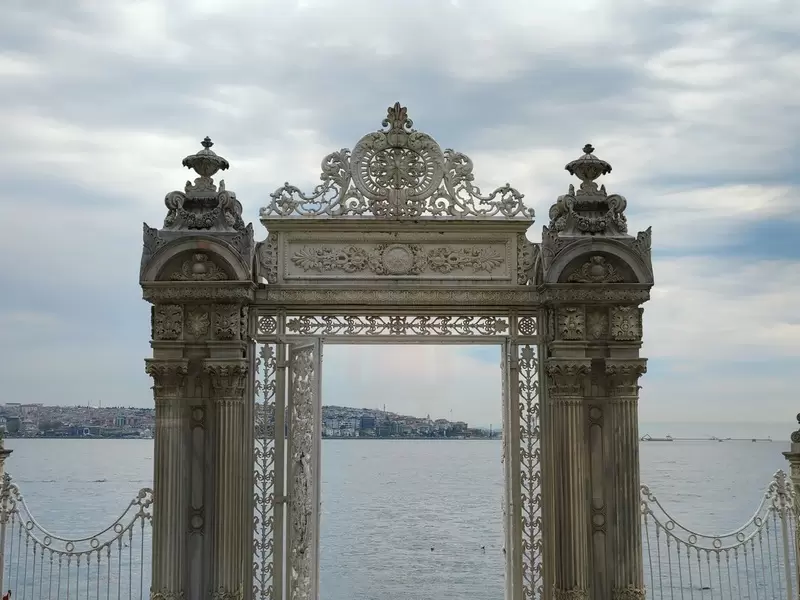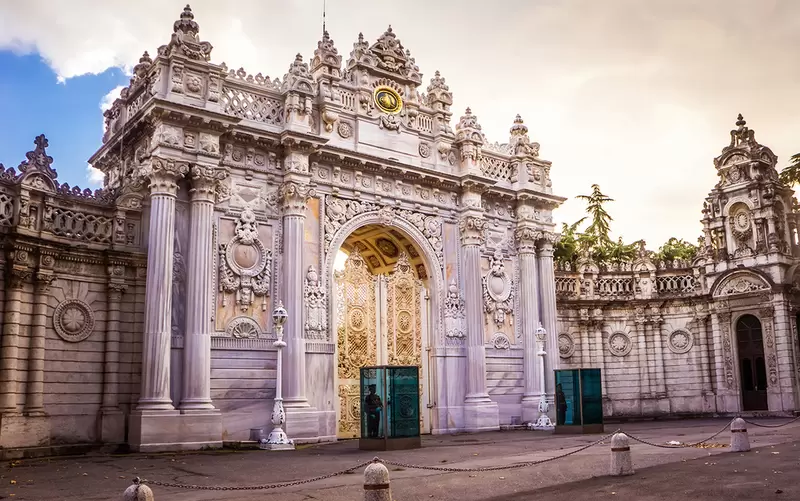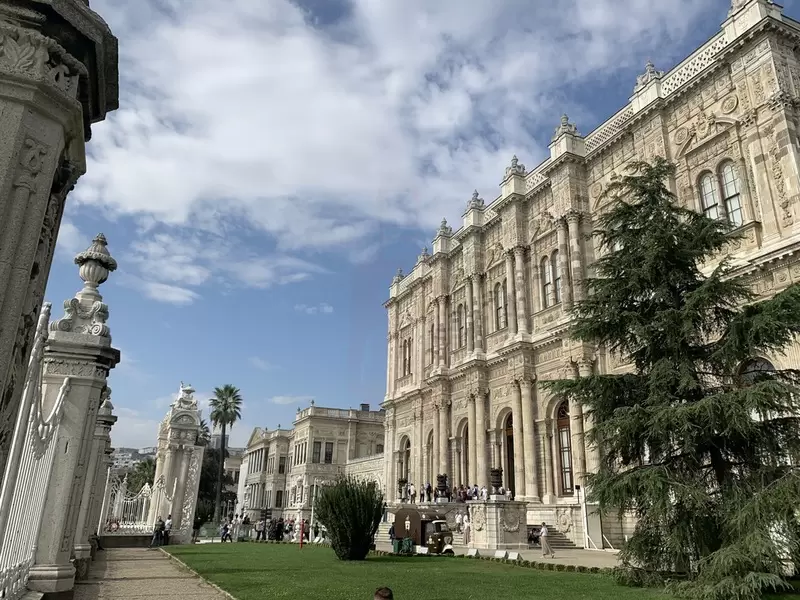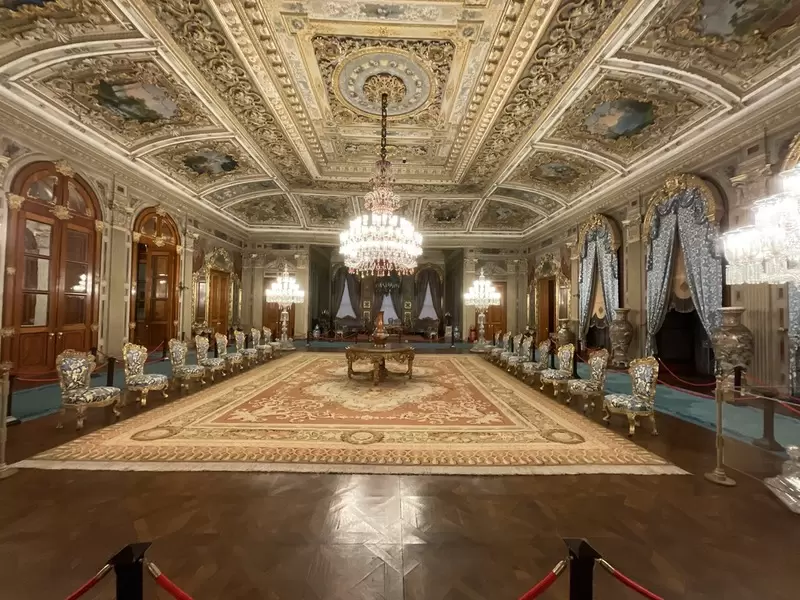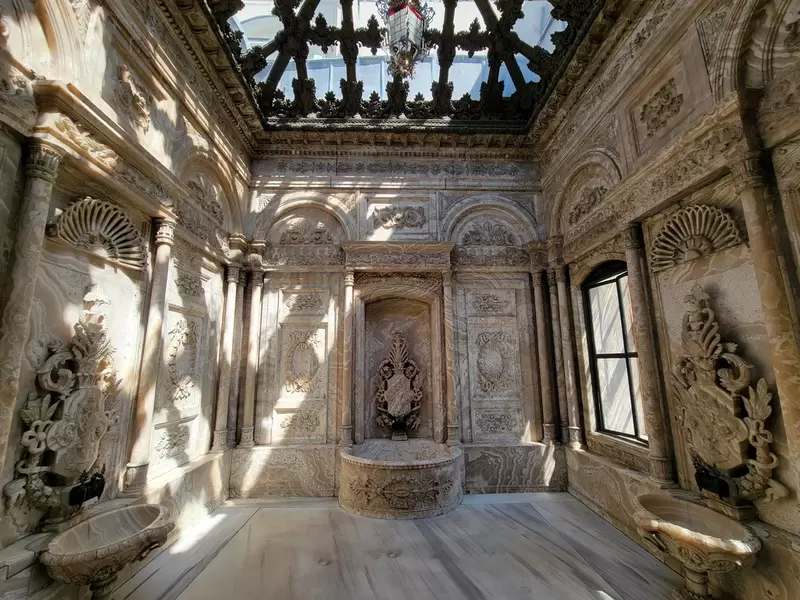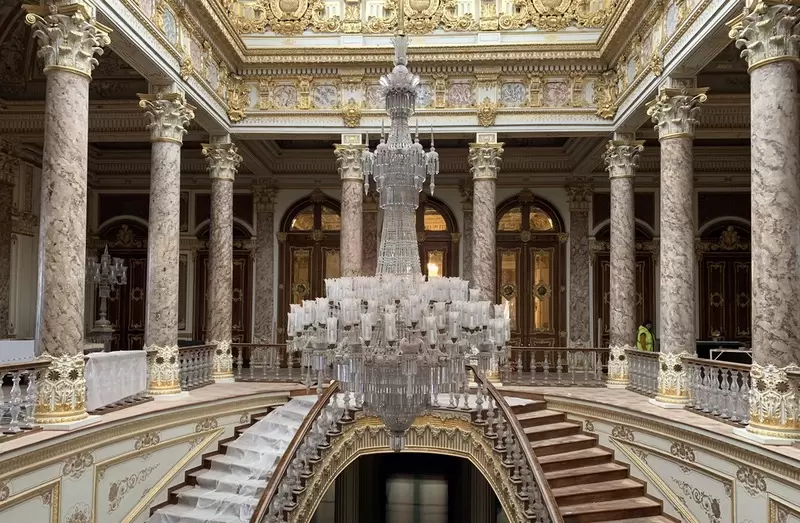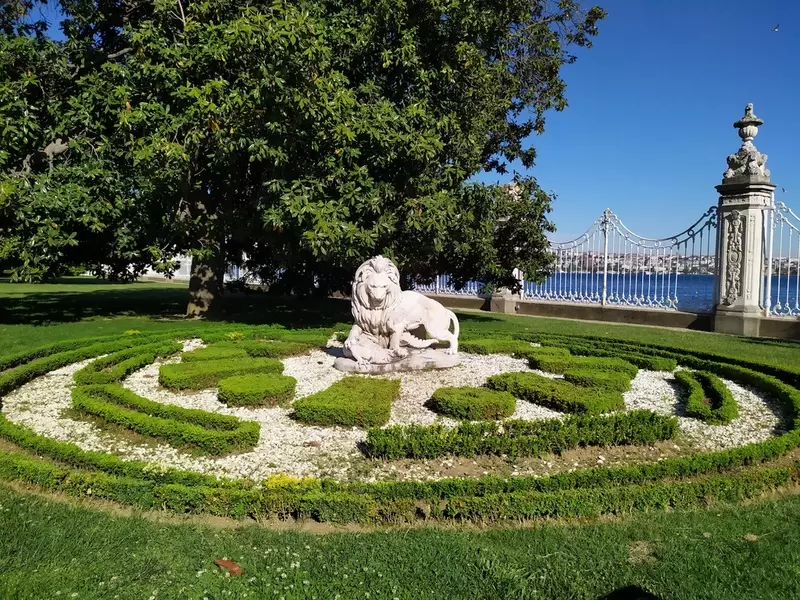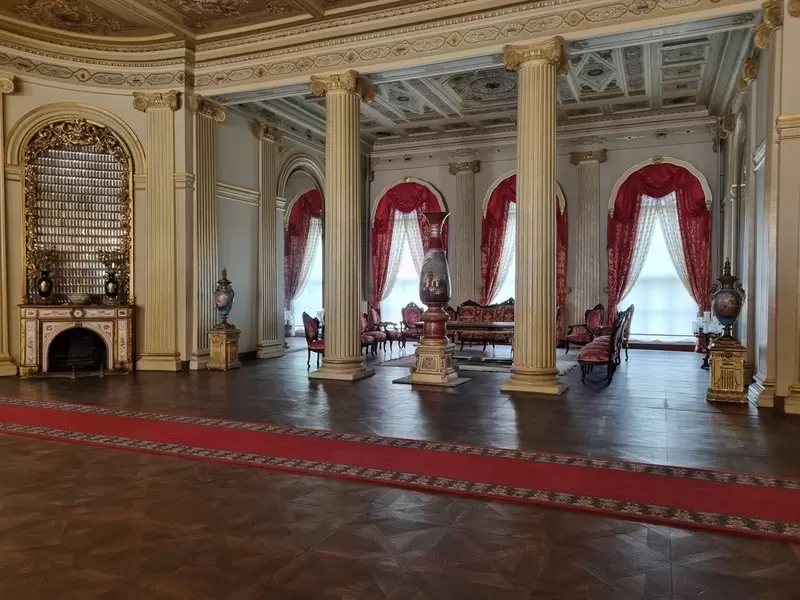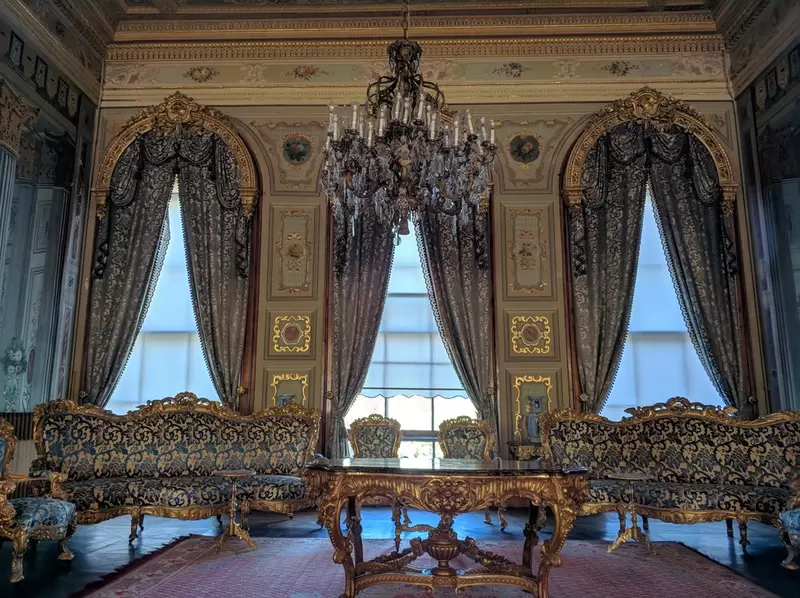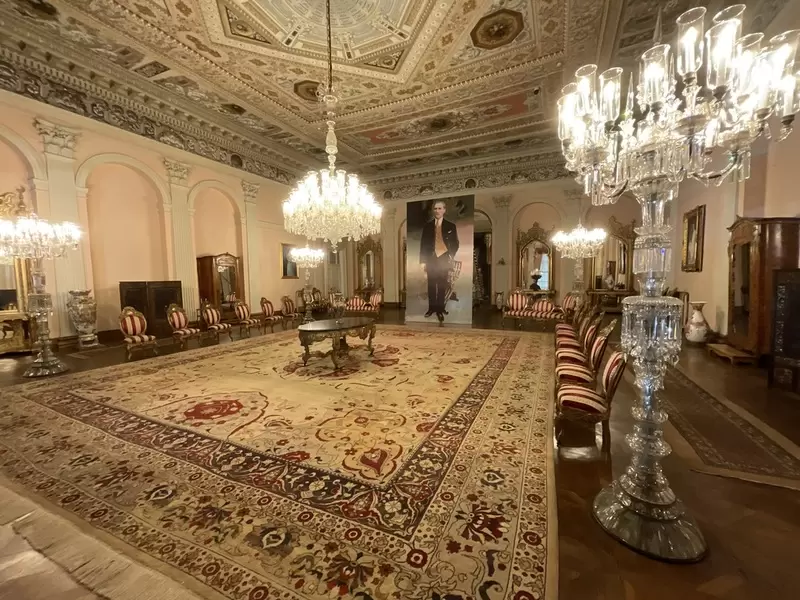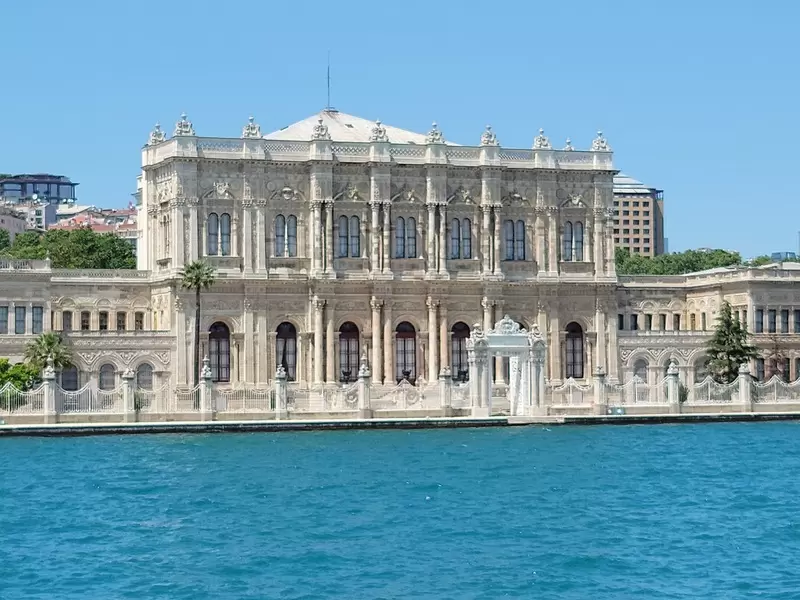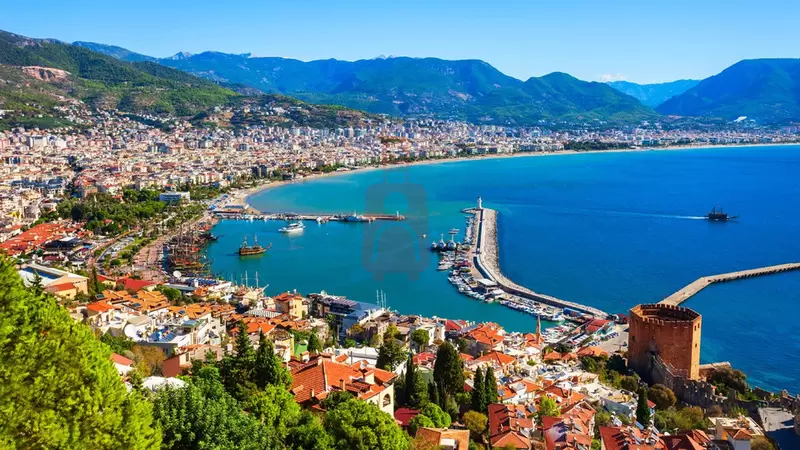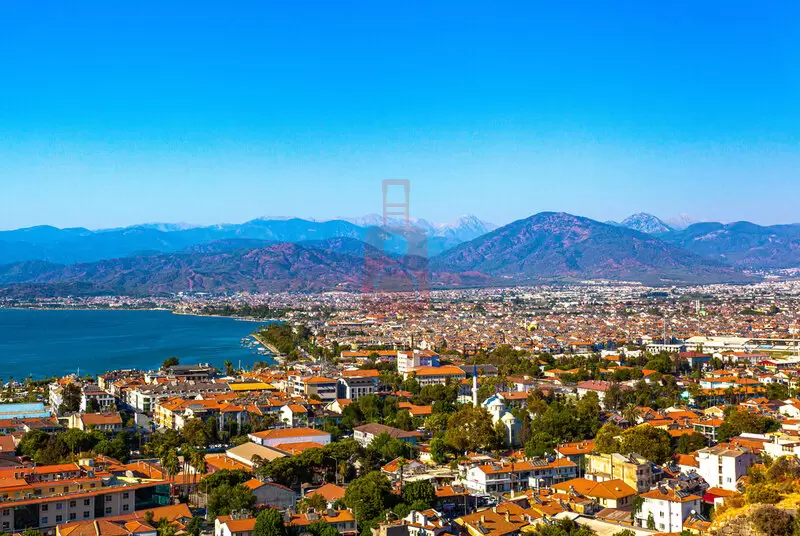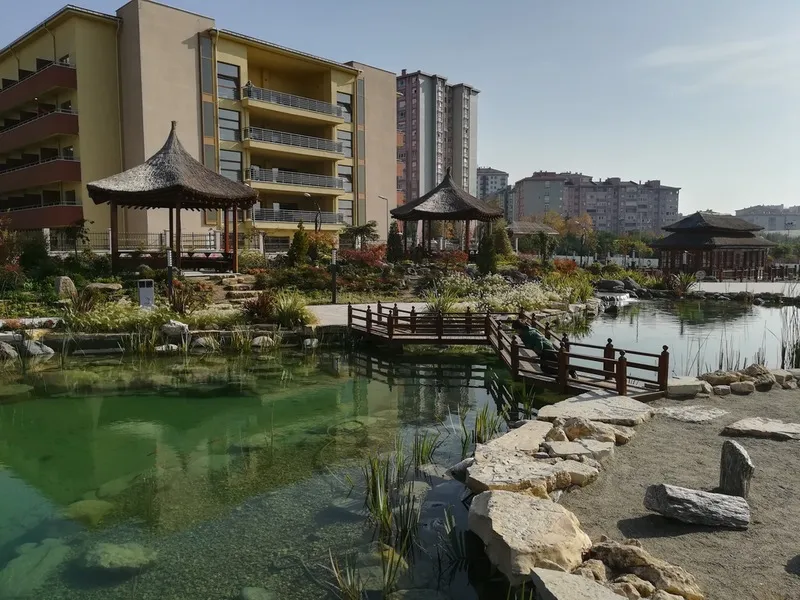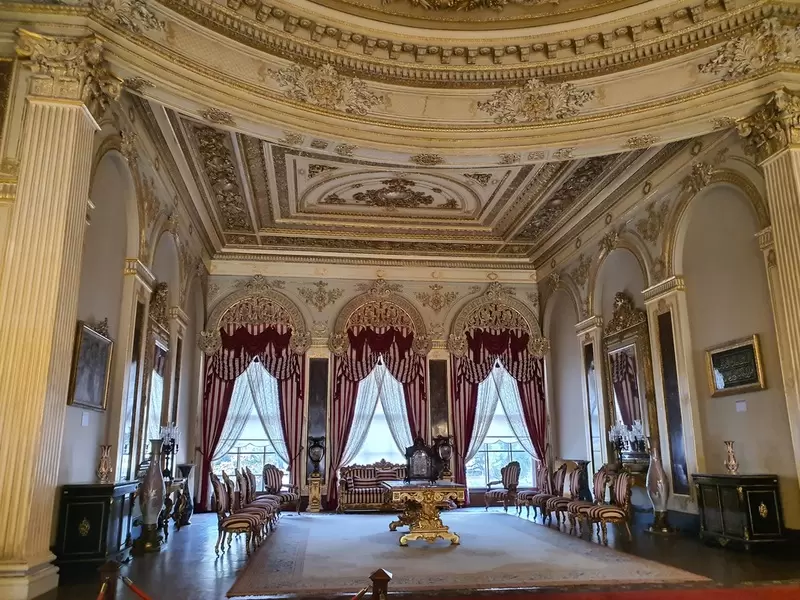
Dolmabahçe Palace (Turkish: Dolmabahçe Sarayı) is a palace in Istanbul, Turkey. It was the main administrative center of the Ottoman Empire from 1856 to 1922. The palace is located on the European side of the Bosphorus, and is one of the most popular tourist attractions in Istanbul. The palace was built in the 19th century by Sultan Abdülmecid I, and is an example of Ottoman Baroque architecture. The palace has a total of 285 rooms, and is decorated with marble, gold leaf, and crystal chandeliers. The palace also has a large garden, which is open to the public.
1. Location: Dolmabahçe Palace is situated in the Beşiktaş district of Istanbul, on the European side of the city. It is located along the shores of the Bosphorus Strait, offering stunning views of the waterway.
2. History: Construction of Dolmabahçe Palace began in 1843 and was completed in 1856. It was commissioned by Sultan Abdülmecid I as a new administrative center and residence for the Ottoman sultans. The palace replaced the Topkapı Palace as the main royal residence.
3. Architectural Style: Dolmabahçe Palace is known for its opulent and eclectic architectural style. It combines elements of Ottoman, neoclassical, and baroque styles, showcasing a fusion of Eastern and Western influences. The palace features an imposing façade, grand halls, ornate decorations, and elaborate chandeliers.
4. Layout and Rooms: The palace covers a vast area and consists of multiple sections. It contains various rooms, including ceremonial halls, reception rooms, the harem section, the treasury, and the sultan's private quarters. Notable rooms include the Crystal Staircase, the Ceremonial Hall, the Throne Room, and the Ballroom.
5. Highlights and Features: Dolmabahçe Palace is renowned for its grandeur and luxurious interiors. It houses an extensive collection of exquisite furniture, lavish decorations, valuable artwork, and stunning chandeliers, including one of the largest crystal chandeliers in the world. The palace gardens are also beautifully landscaped, featuring fountains, statues, and colorful flowers.
6. Visitor Experience: Dolmabahçe Palace is open to the public as a museum, allowing visitors to explore its magnificent halls and learn about its historical and cultural significance. Guided tours are available, providing insights into the palace's architecture, the lives of the Ottoman sultans, and the rich history of the Ottoman Empire.
7. Accessibility: Dolmabahçe Palace is easily accessible by public transportation or private vehicle. It is advisable to check the official website or contact the palace for the most up-to-date information regarding opening hours, admission fees, and any specific guidelines for visitors.
Visiting Dolmabahçe Palace offers a glimpse into the splendor of the Ottoman Empire and the lavish lifestyle of the Ottoman sultans. It is a must-visit destination for history and architecture enthusiasts, offering a captivating experience and a deeper understanding of Istanbul's rich cultural heritage.
